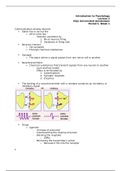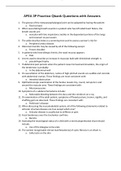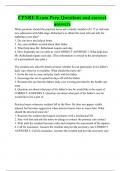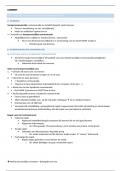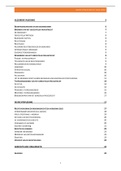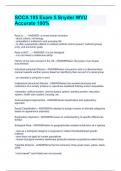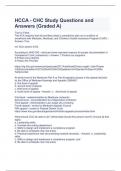College aantekeningen
Introduction to Psychology: Lecture Notes
- Instelling
- Vrije Universiteit Amsterdam (VU)
Lecture notes from the course Introduction to Psychology for 1st year Psychology Bachelor Students studying at the VU University Amsterdam. Three weeks are missing. 11/14 Lectures are included. I missed three of them. Language: English
[Meer zien]
